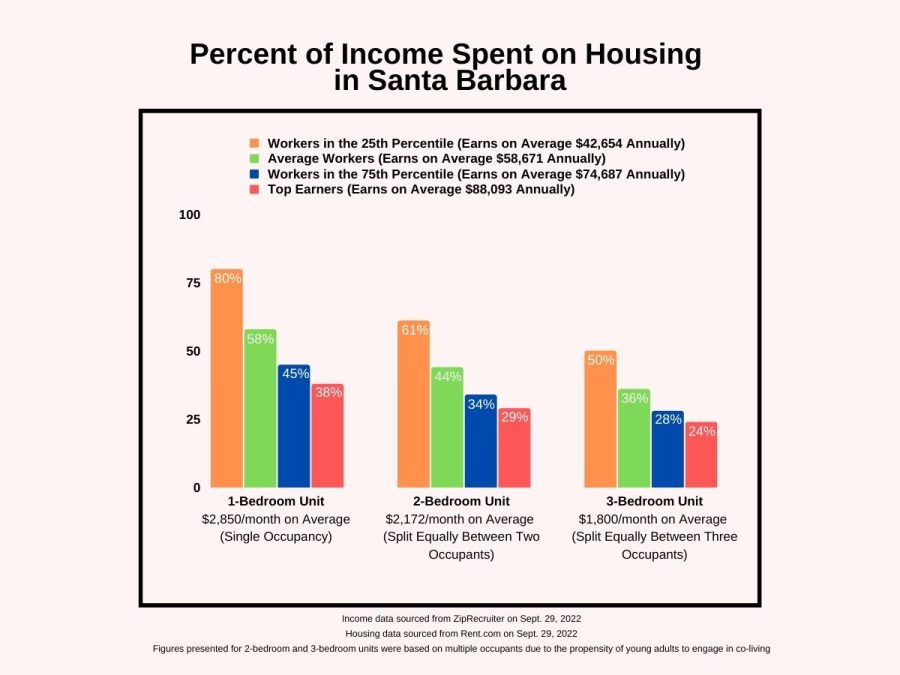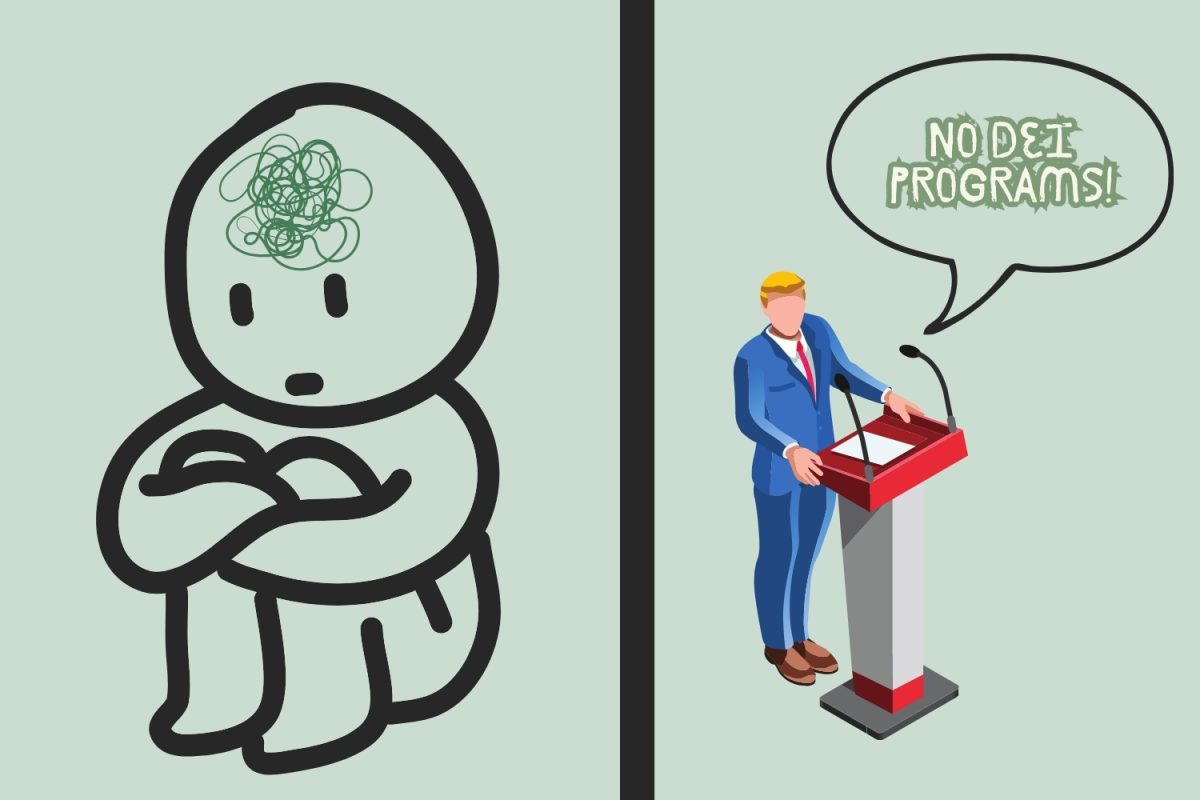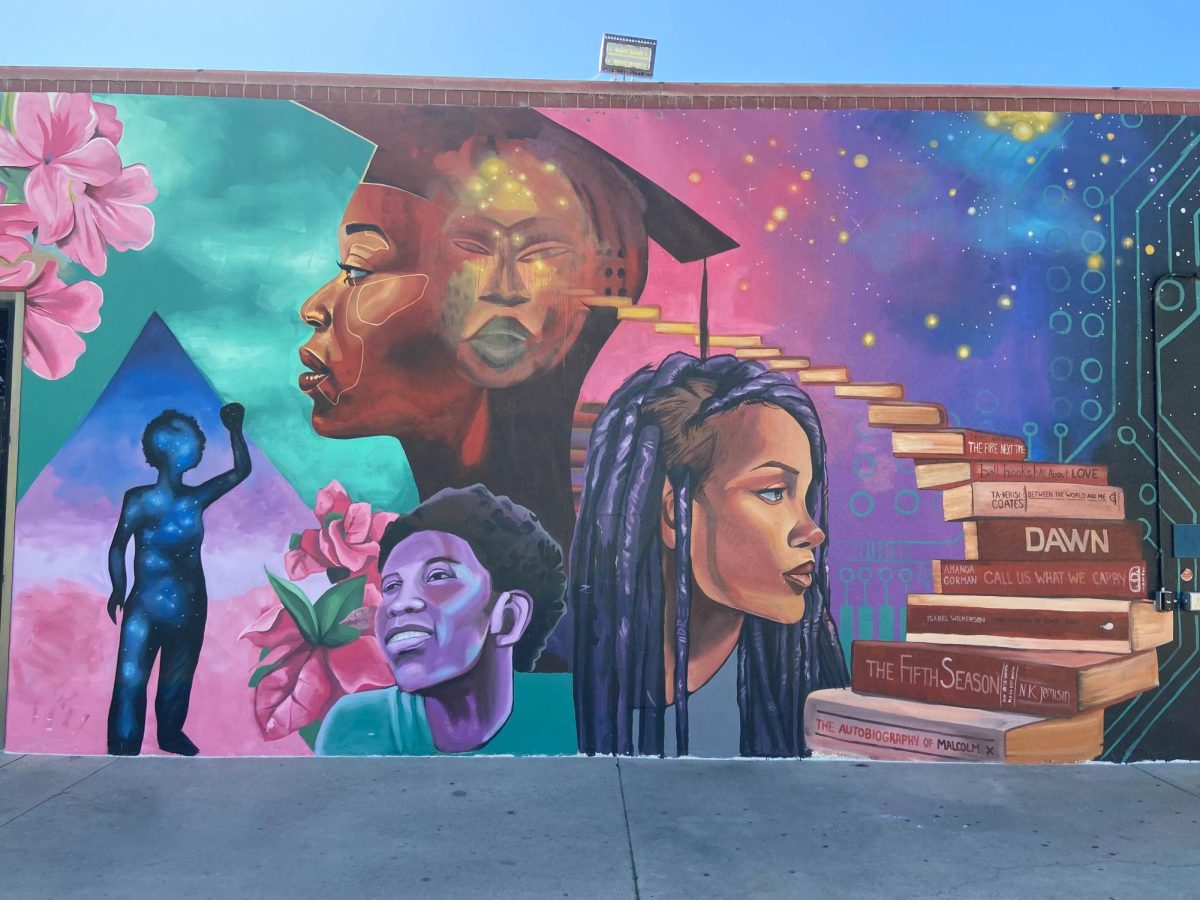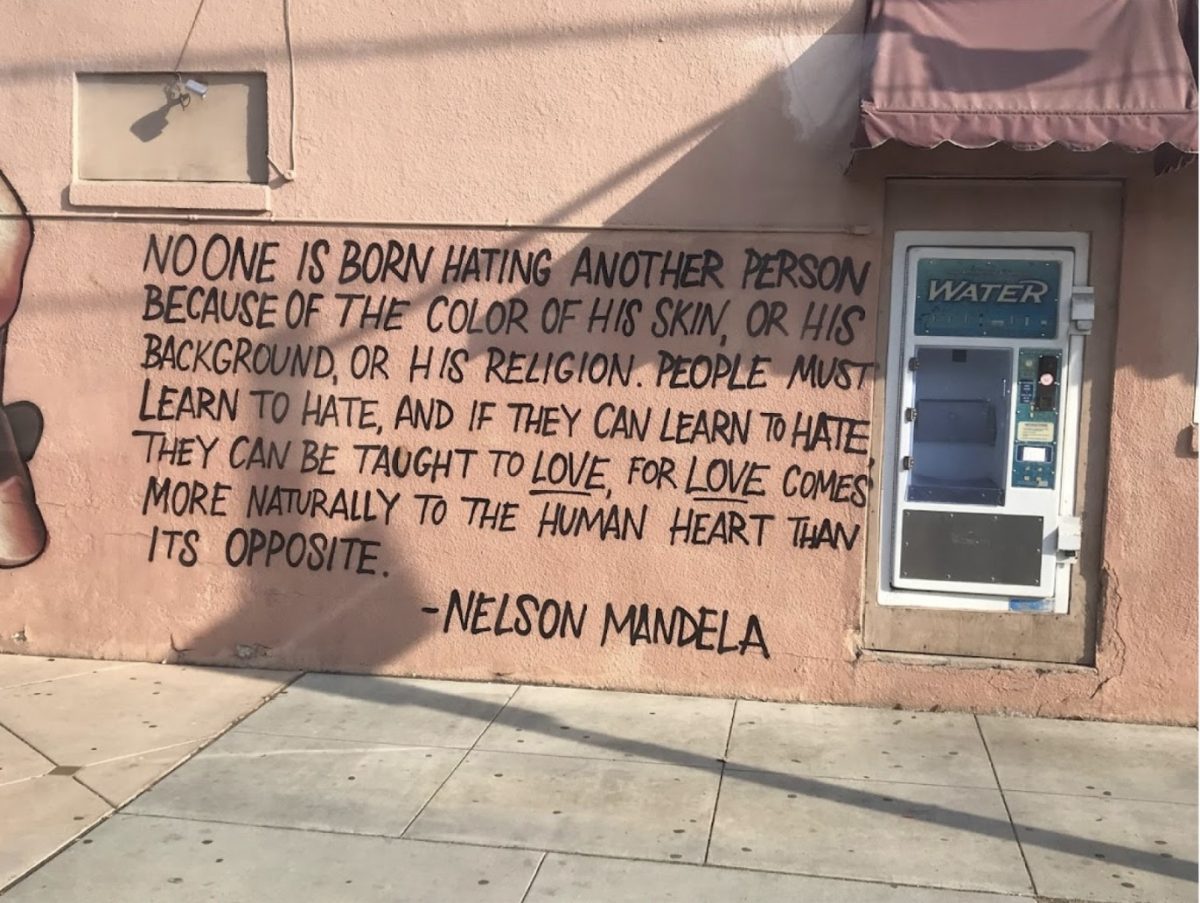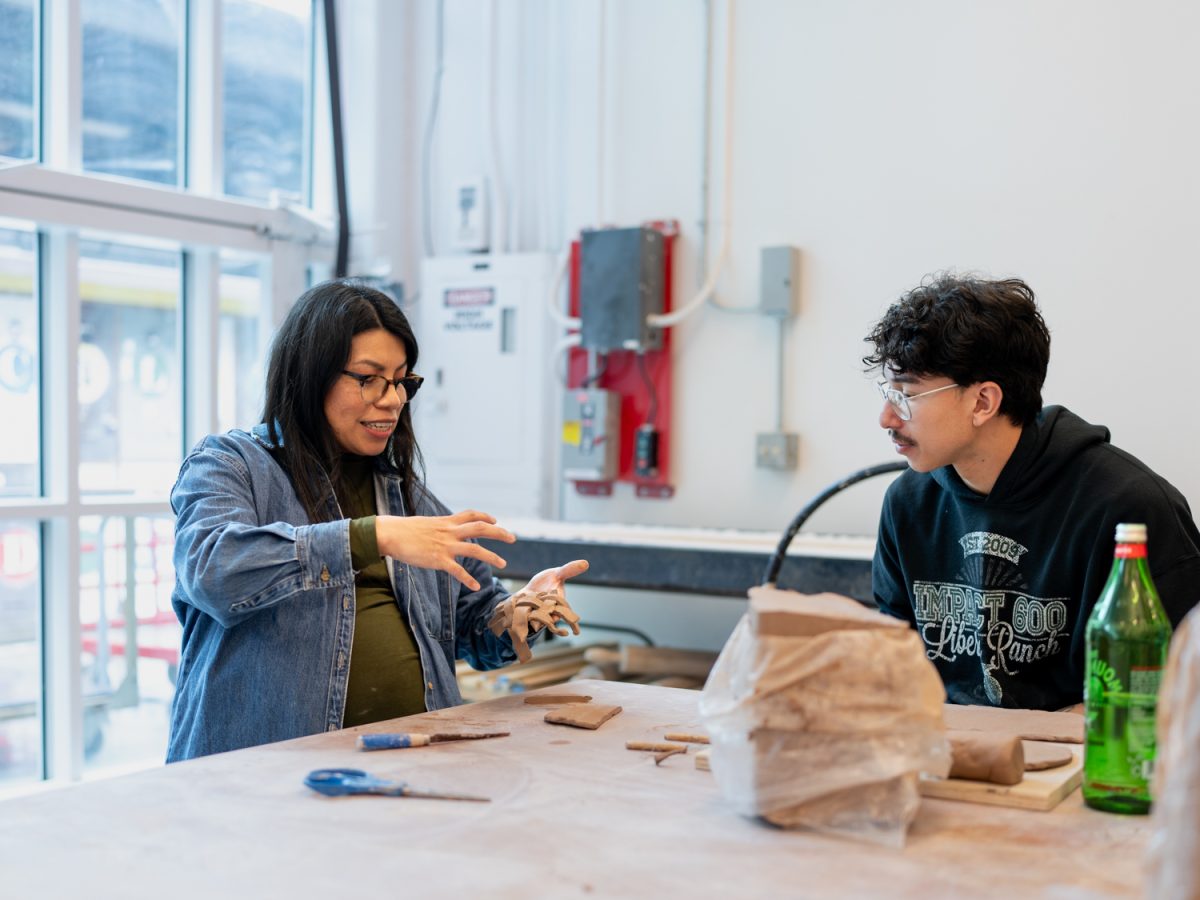Earlier this month, the Santa Barbara Independent reported findings that the Santa Barbara-Santa Maria region had the largest wage rent gap for individuals between the ages of 24 and 39 out of all midsize metropolitan areas in the country.
This demographic on average earns 61.5% less than what would be required to spend no more than 30% of their wages on housing. Added to this, the rental vacancy rate in Santa Barbara stood at just 4.4% in 2021.
The only long term solution to Santa Barbara’s housing crisis is to increase the supply of housing within the city.
When demand for new housing increases, as it has many times before this, they are always met with the reality that it is hard to build in Santa Barbara. A plethora of agencies, departments, and regulations come together to create a Byzantine system that developers must navigate to build a new structure.
This process is further hindered by the “slow growth” mentality held by many long-term residents which results in a pushback to new developments.
To get around this, some have floated the idea of rezoning and retrofitting existing structures that are currently zoned for commercial retail use into mixed-use housing, One example being the Sears building in upper State Street’s La Cumbre Plaza, which could provide upwards of 500 units.
Thinking like this is a step in the right direction, but we need to think bigger.
The 300 to 1300 blocks of State Street that make up the heart of Santa Barbara’s downtown featured a 12.9% retail vacancy rate at the end of the second quarter of 2022, according to a report prepared by the Hayes Commercial Group — nearly triple the city’s residential vacancy rate.
Rather than maintaining these as retail spaces, the city should consider rezoning them to accommodate housing to further increase housing supply. Building along an economic corridor centered around restaurants and retail may appear bizarre at first, but comes with many potential benefits.
As previously mentioned, it prevents unpopular and difficult to obtain changes to the Santa Barbara skyline by using existing structures. It would also encourage a vast reduction in automobile use by these residents due to their central location and the fact there would likely be no included parking with these units, reducing both traffic and emissions. Less-parking housing was recently made possible by the signing of Assembly Bill 2097, which removed parking mandates for new housing located within a half-mile of public transportation.
Additionally, it would have the added benefit of replacing a volatile industry such as retail with the stability of housing, making it an attractive option for property owners currently languishing with empty and unprofitable retail storefronts.
These factors combined could make rezoning State Street an ideal solution for younger demographics that are currently being squeezed by the high cost and low supply of housing in Santa Barbara.


